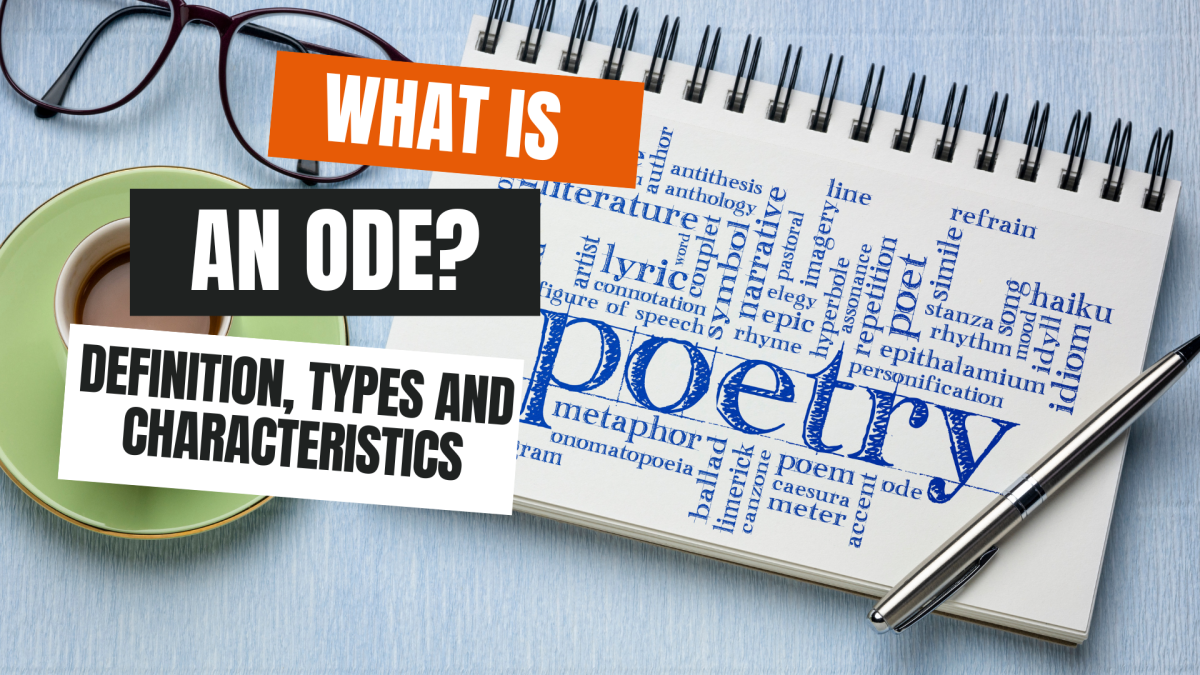Sylvia Plath - Lady Lazurus


Sylvia Plath’s obsession with death is immediately evident in the title, “Lady Lazarus”. Lazarus of Bethany is the character of a miracle attributed to Jesus in the Gospel of John, in which Jesus restores him to life four days after his death. Uses of such symbols are both private and personal as they indicate Plath’s mental state at the time of writing. In fact, the poem could be interpreted as a swansong for Plath as the poem was written the same year as her husband, Ted Hughes, left her and a year before she achieved, “Number Three”, her third and ultimately successful suicide attempt. “Lady Lazarus” is an example of confessional poetry; it places the speaker at the centre of the poem in such a way as to emphasise her psychological vulnerability. The poem’s introspective style offers a view into Plath’s often unsettling, perplexing thoughts and neuroses associated with life and death. As she put in her novel, “The Bell Jar”: “To the person in the bell jar, blank and stopped as a dead baby, the world itself is the bad dream.”
Plath refers to herself as “Lady Lazarus” because she feels she has already cheated death twice; the first “was an accident”. The second occurrence of her “rise” is not intentional and she “meant…to not come back at all”, after burying herself beneath a house and overdosing on sleeping pills: “Rocked shut/as a seashell”. It is clear that she is mentally fragile; desolate and brooding images convey her instability and likelihood of attempting suicide again: “Soon, soon the flesh/ The grave cave ate will be/ At home on me”. The “grave cave” is another reference to Lazarus as it represents the tomb in which he was buried and from which he was resurrected, and could also be a reference to the oven in which Plath gassed herself in February 1963. The cave also comes to ironically symbolise a womb, a place of security from which new life emerges as in the resurrection, or re-birth, of Jesus three days after his burial in a cave, and of Lazarus under similar circumstances.
Plath is clearly planning, “Number Three” due to her long battle with depression and the fact that she had been left by her husband for another woman. The tone here is eerily boastful; she declares that "This is Number Three." The capitalisation of the words serves to inflate her purpose as if the act of committing suicide is a major event: “Dying is an art, like everything else, I do it exceptionally well”. It appears that the lack of control over her life contrasts with the control she has over her writing and the apparent autonomy she has over her death. For example, the poem uses repetition in various places to reinforce the power of the statements. In lines 45-47 she uses rhyme: "I do it exceptionally well. I do it so it feels like hell. I do it so it feels real"; then in lines 49-50; "It’s easy enough to do it in a cell. It’s easy enough to do it and stay put." Repetition of the personal pronoun “I” and the phrases "I do it" and "It’s easy enough to do it" convey the poet’s attitude towards death: she seems to have no fear of it. Her use of “I” emphasises her certainty and confidence, while the repetition of “well”, “hell” and “cell” is ironic in the sense that she views hell and death in a positive rather than a negative light.
Alternatively, as the poem is centred around her rebirth it could be said that Sylvia Plath was hoping to be noticed and the poem and suicide attempt are a cry for help: at the end she alludes that she will rise again like a phoenix: “Out of the ash/I rise with my red hair/And I eat men like air”. On the other hand it could be that the rebirth for her will be death, as it will give her a release from her troubled, conflicted life. The “eat(ing) men like air” could represent that she will overcome her enemies by finally ending her life. There is a circular structure to the poem which could be said to resemble the cycle of death and rebirth; “I rise with my red hair” suggests the beginning of life on leaving the womb, while the symbolic phoenix describes life re-emerging from the ashes of death.
Images associated with death are employed consistently: “The nose, the eye pits, the full set of teeth? The sour breath/Will vanish in a day.” From this image it is clear she is describing her emptiness as if she has nothing inside her. Her face is a skull; a reflection of her spiritual and mental emptiness. “Flesh, bone, there is nothing there.” Her appearance is mirrored by how she feels; and the reflection of her feelings is further explored in “Mirror” (3): “In me she has drowned a young girl, and in me an old woman/ Rises toward her day after day, like a terrible fish.” Here the frightening simile of the fish rising up to consume her reflects the terror of her mental affliction.
Plath’s mental state led her to believe she was being victimised and exploited, specifically by men. “And there is a charge, a very large charge/For a word or a touch, Or a bit of blood”. She feels as though doctors have examined her and turned her into an object, this is probably because when she was under care she was put through painful electroconvulsive shock treatments. She describes the hospitalization as "[a] time of darkness, despair, and disillusion--so black only as the inferno of the human mind can be--symbolic death, and numb shock--then the painful agony of slow rebirth and psychic regeneration." The feelings described here are key themes throughout “Lady Lazurus” and the way her “rebirth” is described as being “painful agony” suggests that she does not wish to go through it again. When she addresses the readers as “Gentlemen, Ladies” in Stanza ten she is mocking her audience, her mental state is on show for all to see as she displays her humiliation: “The big strip tease”.
Plath uses her personal and painful material as a way of entering into and illustrating much wider themes of suffering. Her sense of paranoia and exploitation is shockingly communicated by the association with Jewish concentration camp victims: “A cake of soap, /A wedding ring, /A gold filling.” There is a theory that the Nazi’s melted down the human remains to make soap and this is linked to the exploitation she feels she has been subjected to. The poet here is frighteningly paranoid; the idea that her oppressors will try to industrially process her after death to manufacture some other consumer product is striking. She even appears to assume the identity of a Jew, calling her antagonist “Herr Doktor” and “Herr Enemy” linking the crimes of Nazi doctors such as Josef Mengele, the ‘Angel of Death’ with her own doctors who keep reviving her after each failed suicide attempt. Keeping on the theme of reification is the transactional value of her parts:”There is a charge/For the eyeing of my scars, there is a charge/For the hearing of my heart—/It really goes.” These symbols of exploitation could be derived from Marx’s concept of alienation where the essence of the person’s labour is turned into a commodity: “Capitalism turns people into things, it reifies them.”
Plath describes her face as “featureless, fine/Jew linen”. However, when she “peel(s) off the napkin” and asks “O my enemy/Do I terrify?” it could be that she is fed up of conforming to men’s expectations that women have to be beautiful and the “napkin” refers to cosmetic masks. This is further explored in “The Bell Jar” where the protagonist becomes disillusioned with the feminine stereotype and how she is expected to act by society: "What a man wants is an arrow into the future and what a woman is the place the arrow shoots off from."
In the final stanza she vows to exact her revenge on the men that oppressed her, like a phoenix she will rise and “eat men like air”, thus completing the circular structure of rebirth which began with the title. A few months after having written "Lady Lazarus", Sylvia Plath committed suicide successfully by inhaling the gas from her stove and in the process, immortalised herself posthumously as a famous poet. The poem describes the agony of being reborn and illustrates that she wishes to live up to her “call” in life, which for her is dying. Her irrational mindset conveyed through the use of symbols is difficult for the reader to understand and relate to as it is clear that Sylvia Plath was intensely conflicted and was going through, “painful agony”. However, “Lady Lazurus” does help our understanding of her psyche and offers an insight of the world through the perspective of underneath the bell jar.



